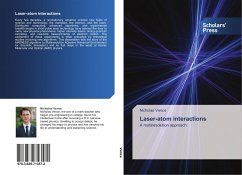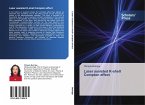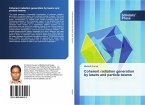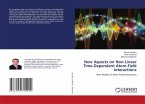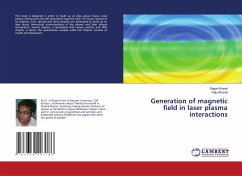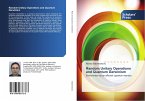Every few decades, a revolutionary advance unlocks new fields of science and technology: the transistor, the internet, and the laser. Distributed computing, advanced algorithms, and experimental breakthroughs in short-pulse laser technology have opened the door to many new physical phenomena: higher intensity lasers, timing quantum tunneling, and real-time measurements of electron motion. The excitement of these experiments is often preceded by theoretical studies involving new algorithms. This dissertation tells the story of the MADNESS algorithm (a Multiresolution ADaptive Numerical Environment for Scientific Simulation) and its first steps in the world of Atomic Molecular and Optical (AMO) physics.
Bitte wählen Sie Ihr Anliegen aus.
Rechnungen
Retourenschein anfordern
Bestellstatus
Storno

